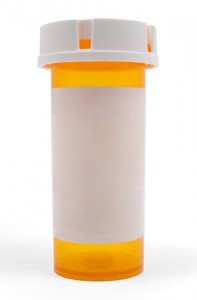On Generic Medication

On a cost basis, the difference between generic and brand-name drugs can be huge, leaving billions of taxpayer and patient dollars at stake. If we cared only about minimizing costs, the share of branded versions prescribed for each of the drug categories shown above should be zero.
Costs must be weighed against patient outcomes, however.
Certainly the pharmaceutical companies that sell the brand-name drugs would argue that their products are superior to generic alternatives and that reducing the share of name-brand prescriptions would hurt patients. (Various studies have found no difference in effectiveness between branded and generic for many types of medications, however.)
This, from the Economix blog. I’ve been prescribed generics for things like common cold bacterial infections, mild acne, and pain, and have somehow found a way to continue living. I’ve paid for brand name stuff too, but I’ve never had that problem where the generic medication wasn’t working, and I had to switch to a brand name drug. (What hasn’t worked for me: homeopathic remedies.)
We all know that pharmaceutical companies make a ton of money off their brand name medication. I once waited several months for a prescription to get approved by my health insurance company, and the pharmacist said if I really needed it, I could pay $600 out-of-pocket for it, instead of the $50 co-pay. I decided I could live without it.
Photo: Shutterstock/Brian Hendricks
Support The Billfold
The Billfold continues to exist thanks to support from our readers. Help us continue to do our work by making a monthly pledge on Patreon or a one-time-only contribution through PayPal.
Comments